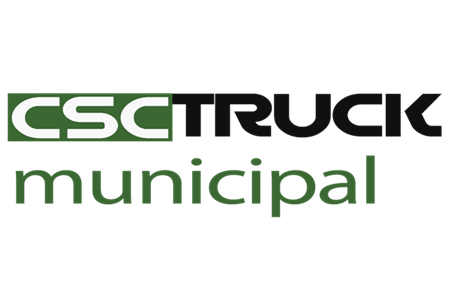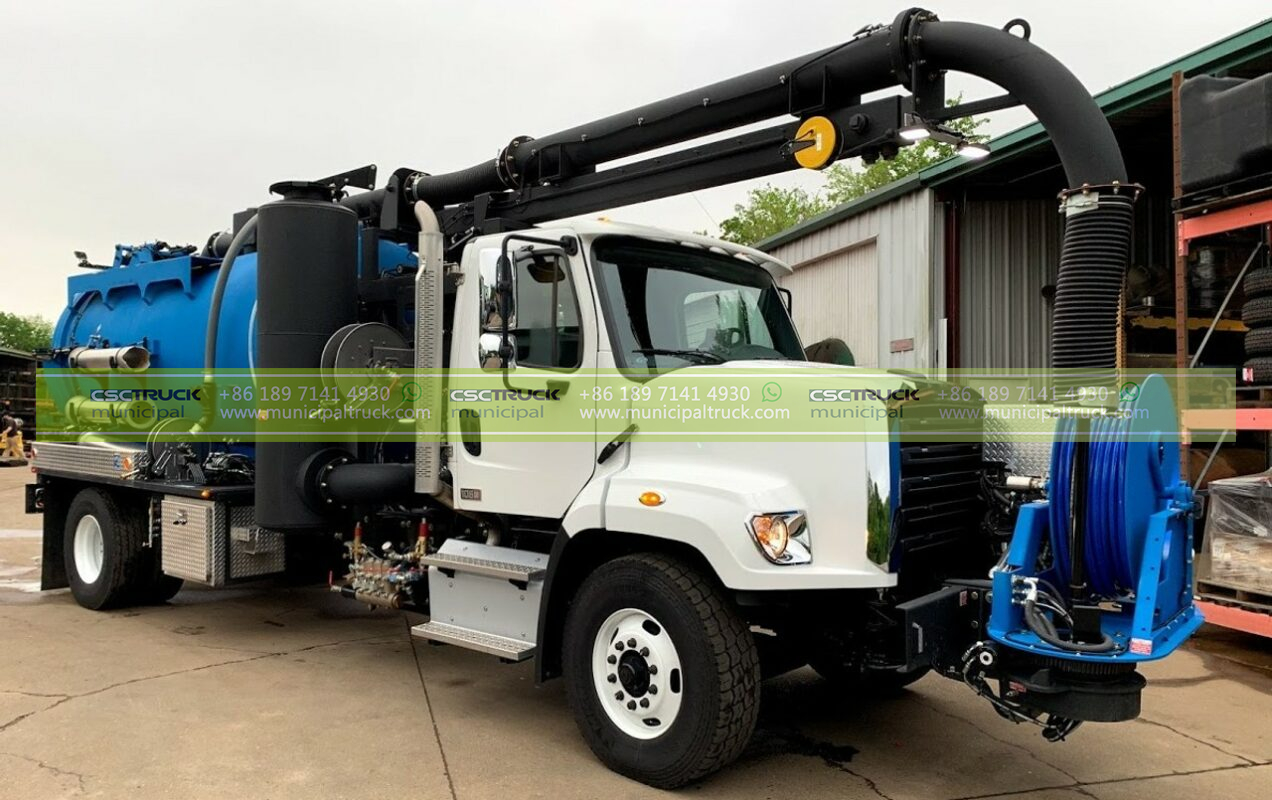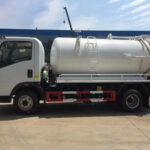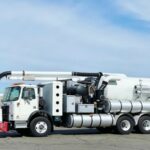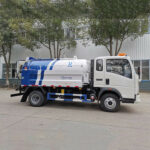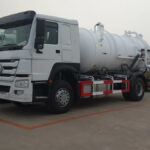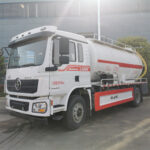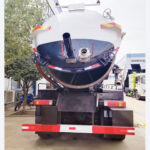Introduction
Sewer systems play a vital role in modern urban infrastructure, ensuring the efficient removal and treatment of wastewater. Maintaining these systems is a challenging task, requiring specialized equipment and technologies. One such technology that has revolutionized the field is vacuum technology, which powers sewer trucks. In this article, we will delve into the world of sewer trucks and explore the incredible power of vacuum technology that enables them to keep our cities clean and functional.
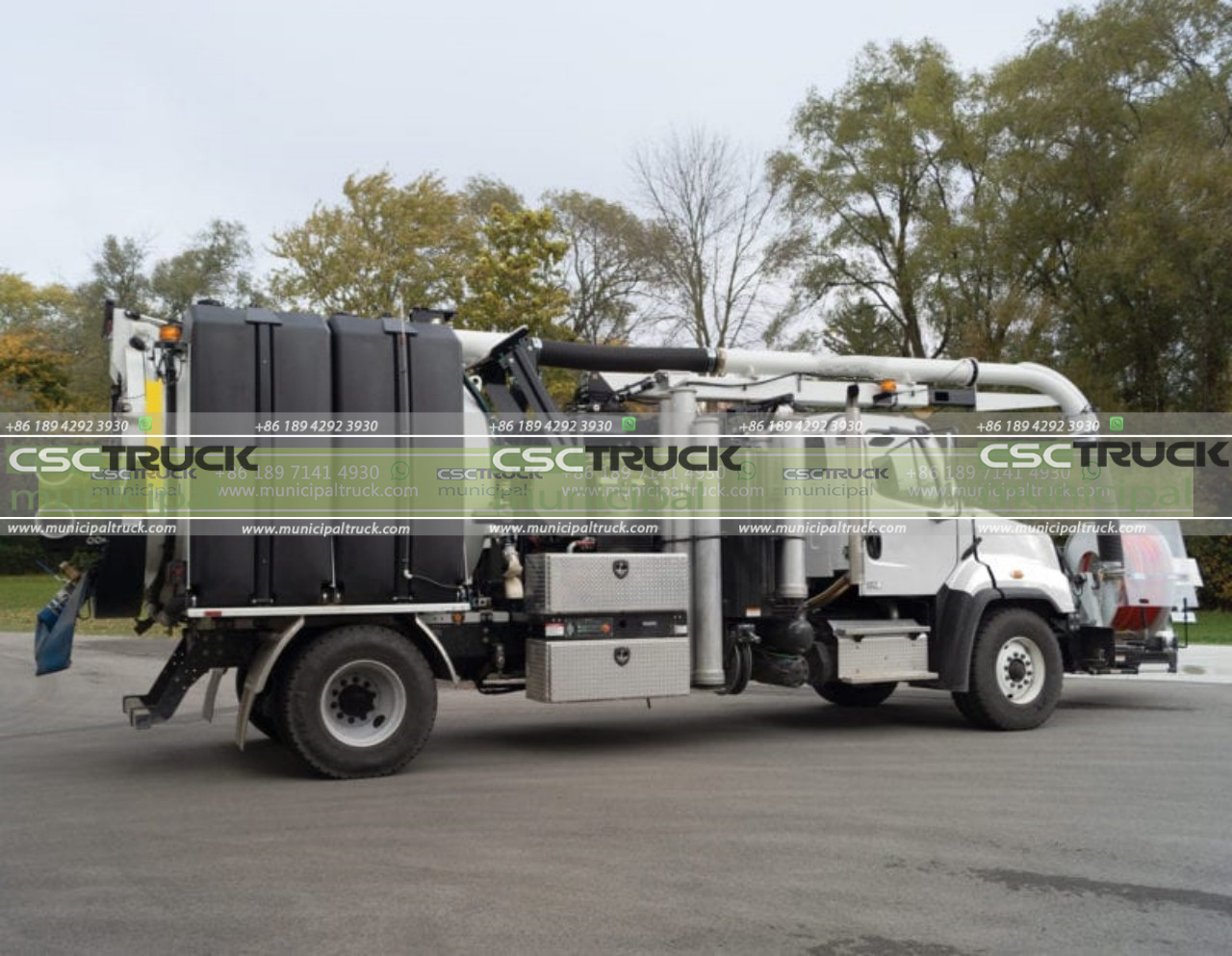
Understanding Sewer Trucks
Sewer trucks, also known as vacuum trucks or sucker trucks, are vehicles specifically designed for the maintenance and cleaning of sewer systems. These trucks feature large storage tanks and powerful vacuum systems that enable them to extract various types of waste, including liquid, sludge, debris, and even solids, from sewer lines, septic tanks, and drainage systems.
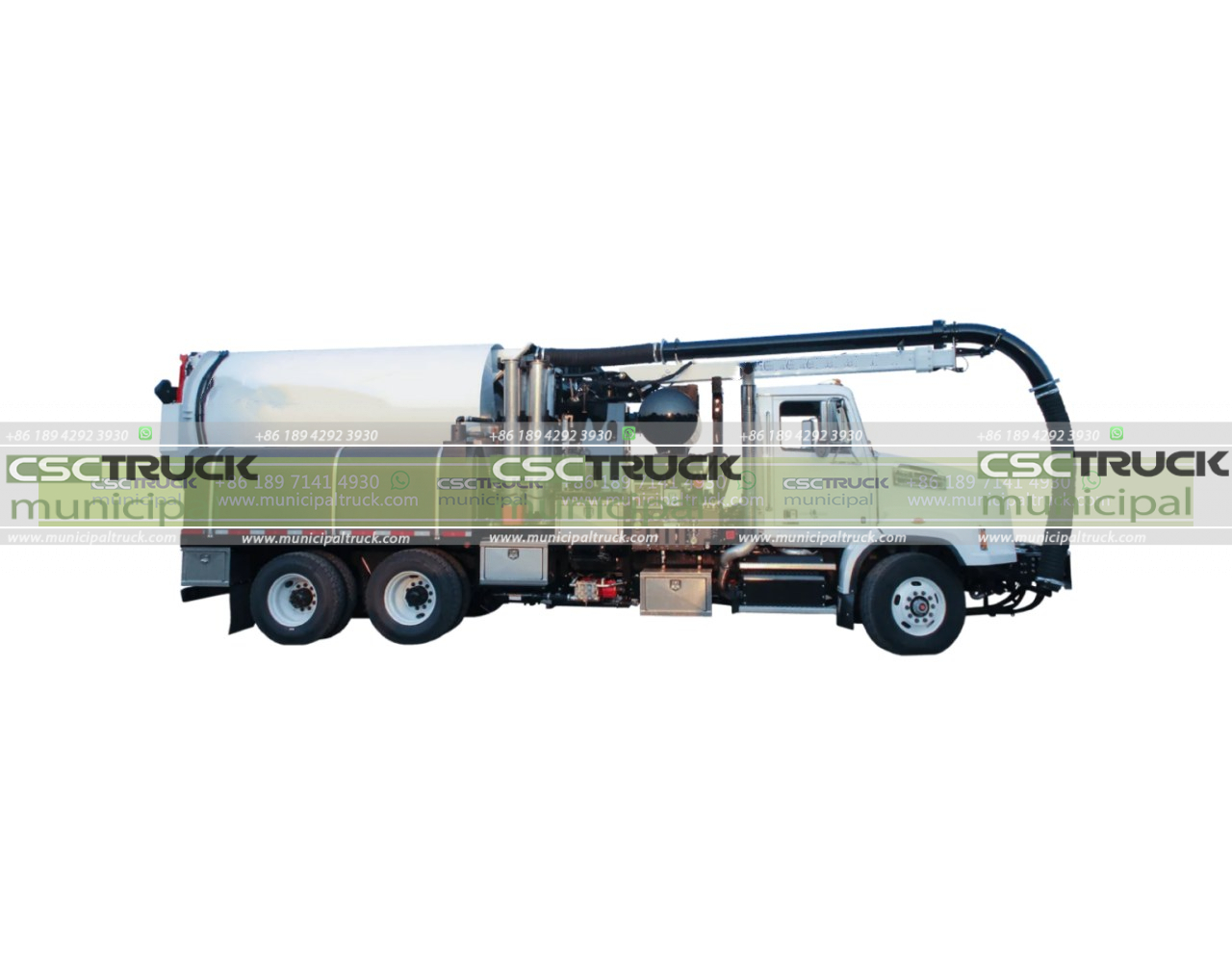
Vacuum Technology: The Driving Force
At the heart of a sewer truck lies the powerful vacuum technology that makes it an indispensable tool for sewer maintenance. The vacuum system consists of a high-powered vacuum pump, a large storage tank, and a network of hoses and nozzles.
The vacuum pump, usually powered by a diesel engine, generates a strong suction force that creates a vacuum inside the storage tank. This negative pressure allows the truck to extract waste materials from the sewer lines, drawing them into the tank through the hoses connected to the suction nozzles.
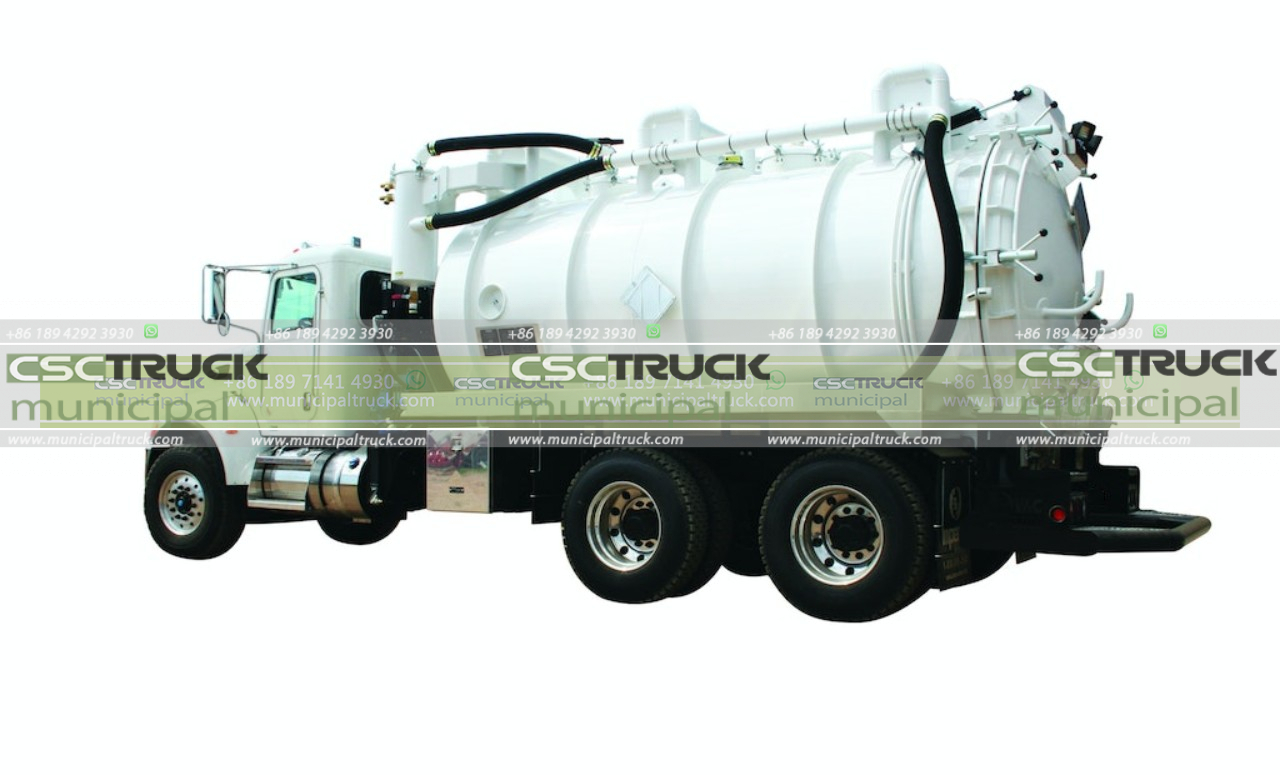
Types of Vacuum Systems
There are two primary types of vacuum systems used in sewer trucks: positive displacement and centrifugal.
- Positive Displacement Vacuum Systems: These systems utilize positive displacement pumps, such as rotary vane or piston pumps, to create the suction force. The vacuum pump traps and compresses the air inside its chamber, creating a pressure difference that draws in the waste material. Positive displacement systems are known for their high suction power and are particularly effective for handling heavy or thick waste.
- Centrifugal Vacuum Systems: Centrifugal vacuum systems rely on the centrifugal force created by a high-speed impeller to create suction. As the impeller rotates, it propels air outward, creating a low-pressure area that draws in the waste material. Centrifugal systems are often used for lighter applications, such as cleaning storm drains or catch basins.
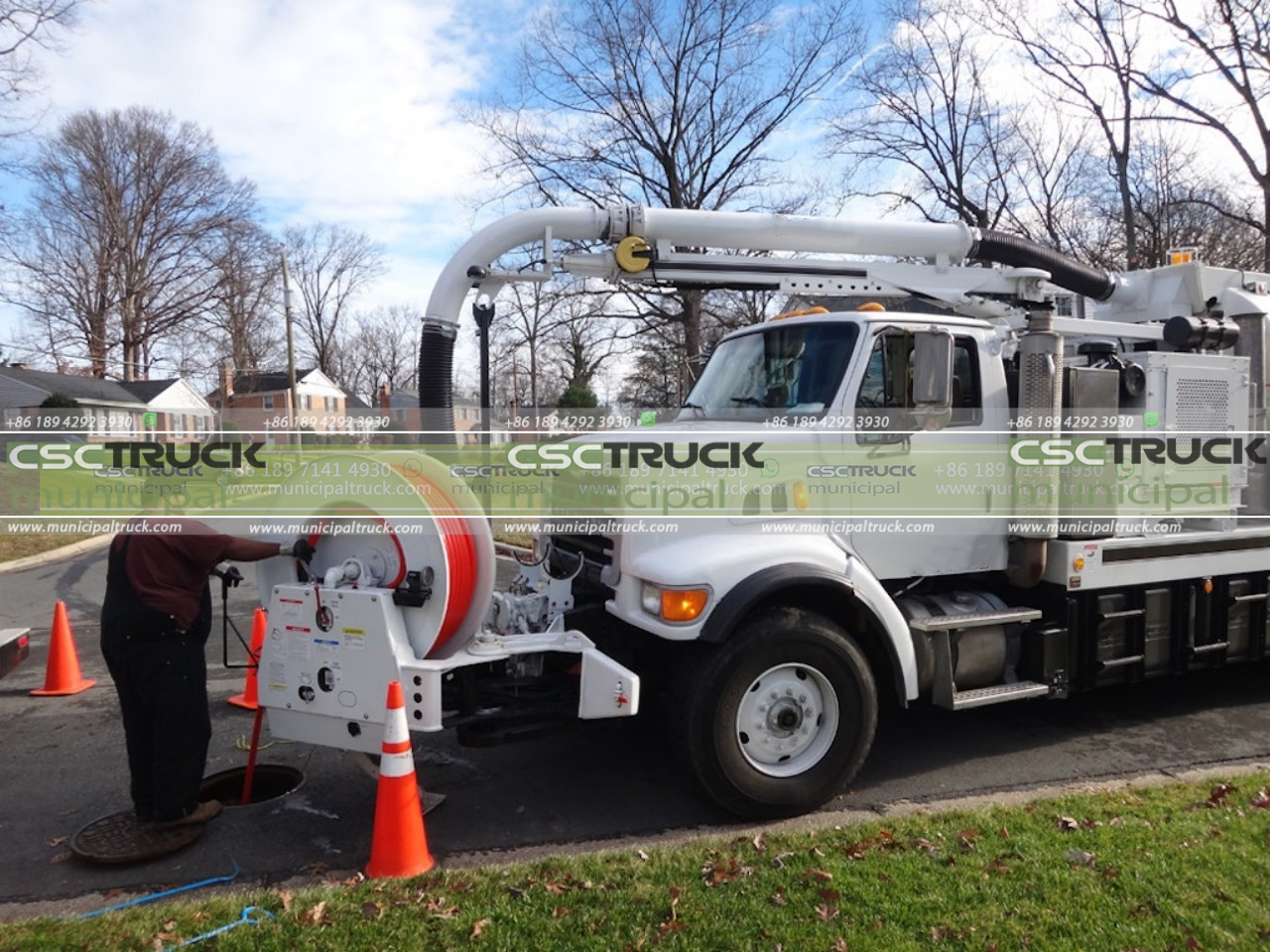
Applications and Benefits
The applications of sewer trucks are vast and diverse, making them indispensable assets for municipalities, sanitation departments, and private contractors. Let’s explore some of their key applications and the benefits they offer.
- Sewer Line Cleaning: Sewer trucks play a critical role in maintaining the cleanliness and functionality of sewer lines. They can remove blockages caused by debris, sediment, or foreign objects that hinder the flow of wastewater. By using high-pressure water jets in conjunction with vacuum technology, sewer trucks can effectively clear and clean sewer lines, minimizing the risk of backups and overflows.
- Septic Tank Pumping: Vacuum trucks are commonly used for septic tank pumping, ensuring the proper disposal of accumulated sludge and solids. They can access hard-to-reach locations and extract the waste material efficiently, preventing septic system failures and environmental contamination.
- Hazardous Waste Removal: In addition to sewer maintenance, vacuum trucks are employed in the handling and transportation of hazardous waste. Their powerful suction capabilities enable the safe removal of toxic substances, chemicals, and industrial byproducts, reducing the risk of environmental pollution and protecting public health.
- Versatility and Efficiency: Sewer trucks offer unparalleled versatility, allowing them to adapt to a wide range of cleaning and maintenance tasks. With various nozzle attachments and specialized equipment, they can tackle different types of waste and debris. This versatility, combined with their high suction power and large storage capacity, makes sewer trucks highly efficient and cost-effective solutions for cleaning and maintaining sewer systems.
- Time and Cost Savings: The use of sewer trucks significantly reduces the time and resources required for sewer maintenance. Their efficient vacuum technology enables swift removal of waste, minimizing disruption to the surrounding environment. With faster cleaning and maintenance processes, municipalities and contractors can save on labor costs and ensure the timely upkeep of sewer infrastructure.
- Environmental Protection: Effective sewer maintenance is essential for safeguarding the environment and preventing pollution. Sewer trucks with their vacuum technology play a crucial role in ensuring that wastewater is properly managed and treated. By removing blockages, clearing debris, and extracting sludge, they help maintain the proper flow of wastewater, reducing the risk of sewage leaks, contamination of water sources, and the spread of waterborne diseases.
- Public Health and Safety: Clean and well-maintained sewer systems are vital for public health and safety. Regular cleaning and maintenance using sewer trucks help prevent backups, overflows, and sewage spills, which can pose health hazards and damage property. By promptly addressing sewer system issues, sewer trucks contribute to creating healthier and safer communities for residents.
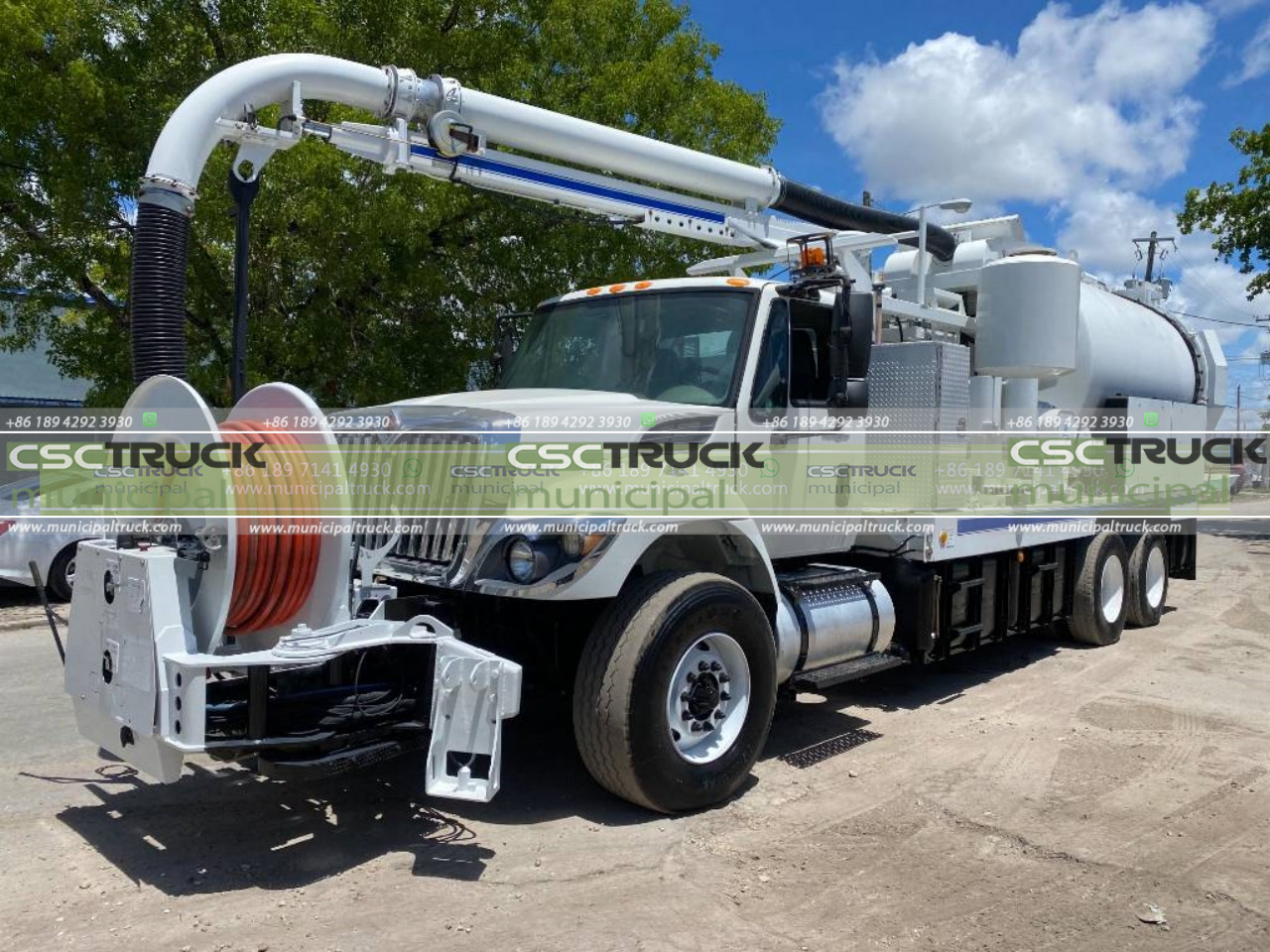
Future Advancements
As technology continues to advance, so does the potential for further improvements in vacuum technology and sewer trucks. Some areas of ongoing research and development include:
- Enhanced Efficiency: Efforts are being made to increase the efficiency of vacuum systems, optimizing the suction power while reducing fuel consumption and emissions. This can lead to cost savings and environmental benefits.
- Remote Monitoring and Control: The integration of advanced sensors and telematics systems allows for real-time monitoring and control of sewer trucks. This enables operators to remotely monitor tank levels, system performance, and diagnostics, improving operational efficiency and preventive maintenance.
- Automation and Robotics: The automation of certain tasks, such as nozzle control and pipe inspection, is being explored to improve the accuracy and efficiency of sewer truck operations. Robotic systems can navigate sewer lines, identify blockages, and perform cleaning tasks with minimal human intervention.
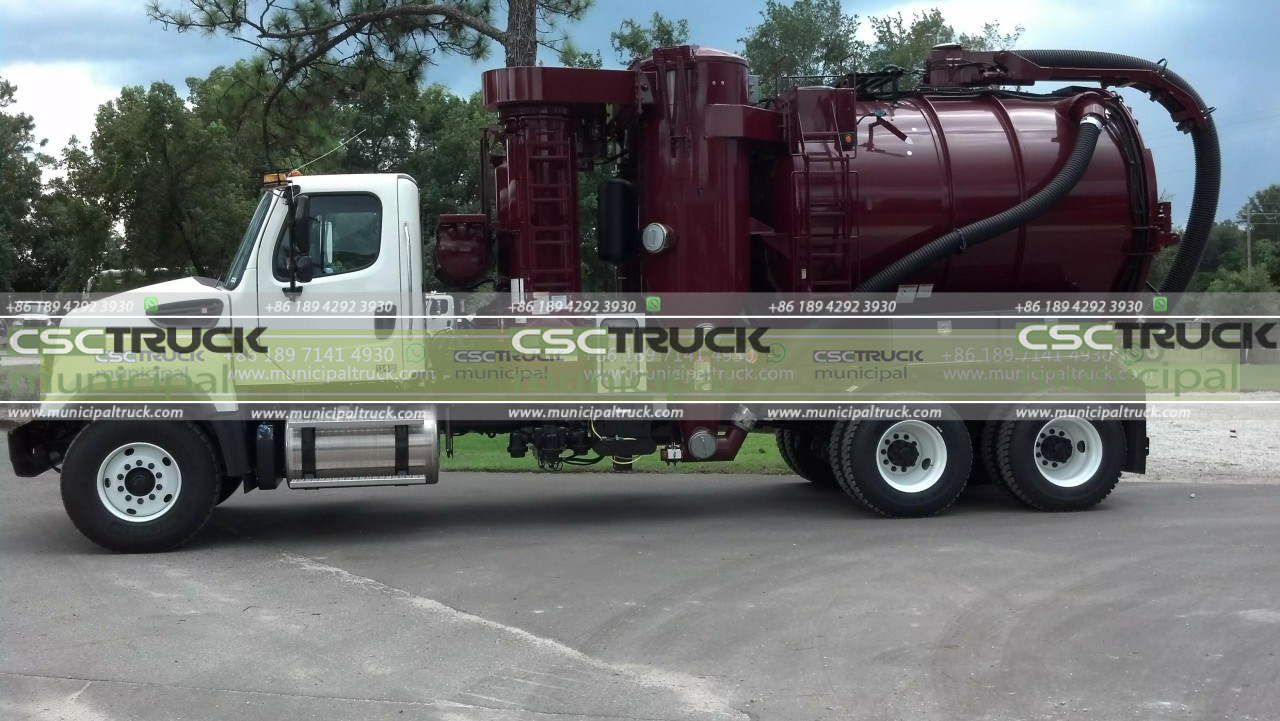
Conclusion
Vacuum technology has unleashed the power of sewer trucks, transforming the way sewer systems are cleaned and maintained. With their powerful suction capabilities and large storage tanks, these trucks are indispensable tools for ensuring the proper functioning of sewer infrastructure. From clearing blockages to septic tank pumping and hazardous waste removal, sewer trucks offer versatile solutions that benefit public health, environmental protection, and the efficient management of wastewater. As advancements continue, we can expect further innovations that will drive the evolution of vacuum technology, making sewer trucks even more efficient, sustainable, and effective in the years to come.
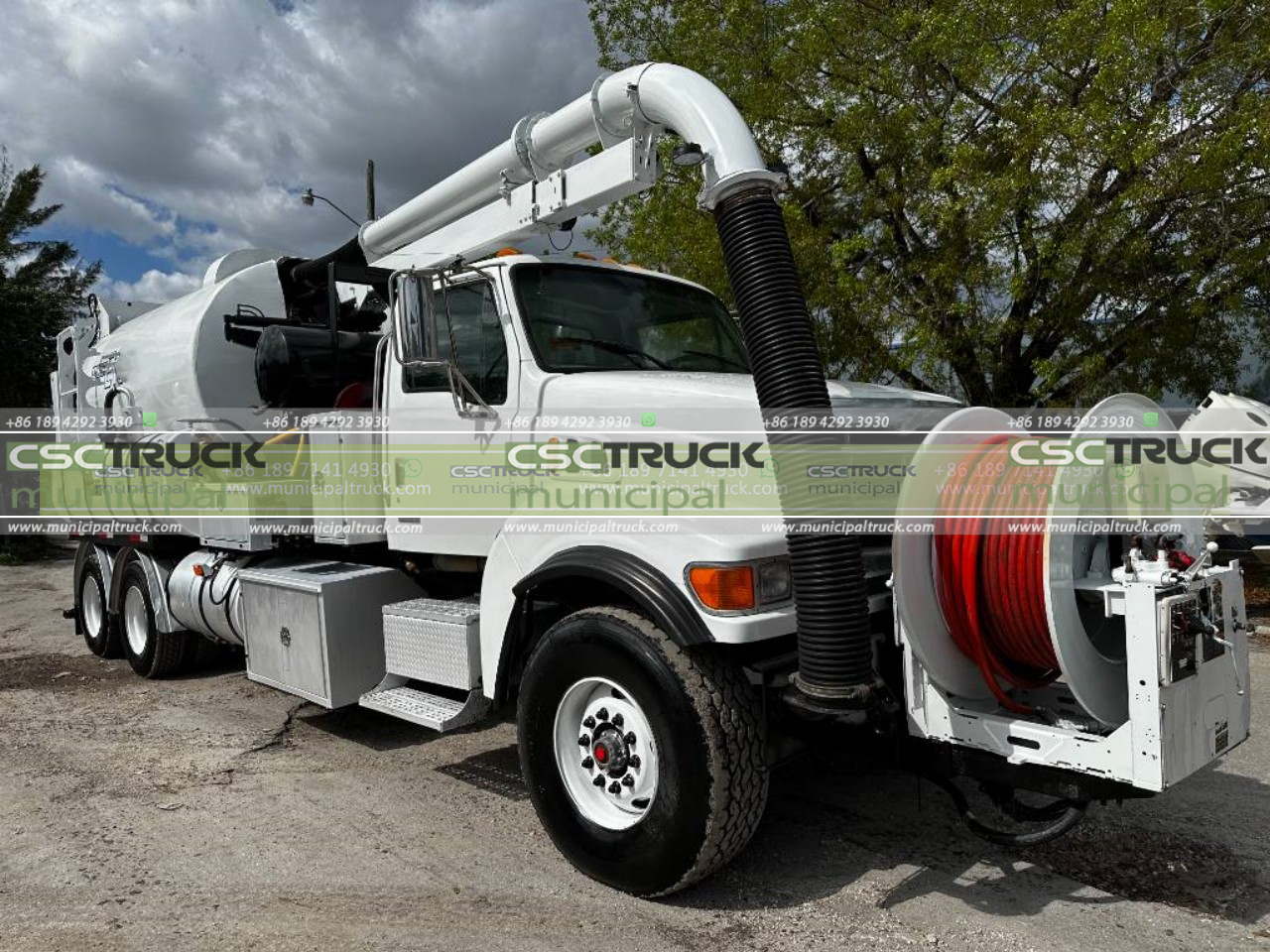
Contact us for this municipal truck or similar trucks: [email protected] Call us or What's APP us: +86 189 4292 3930
